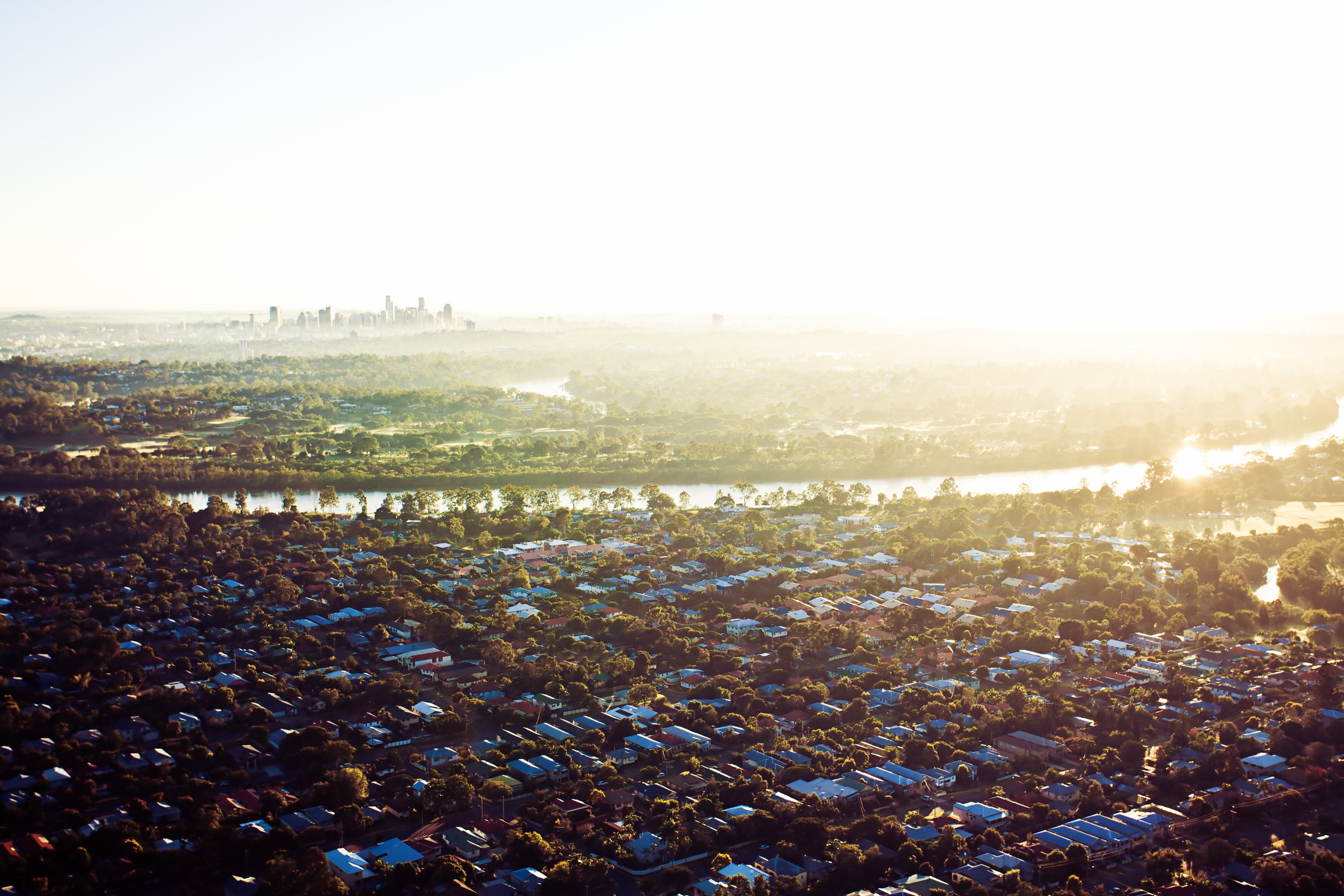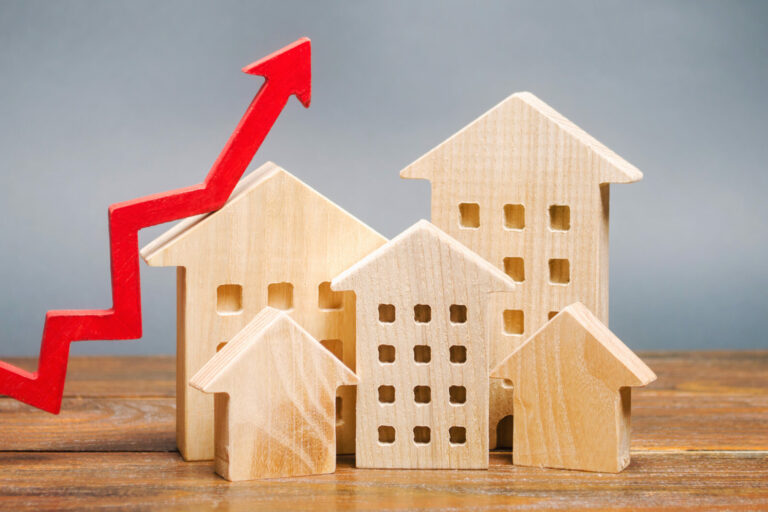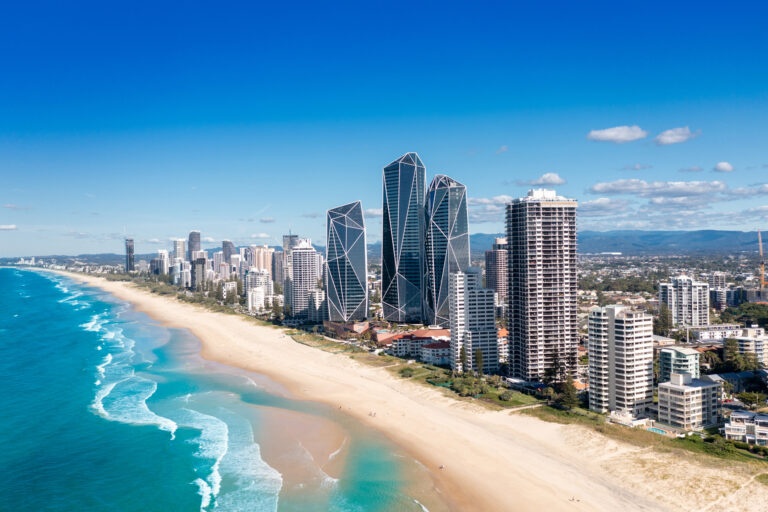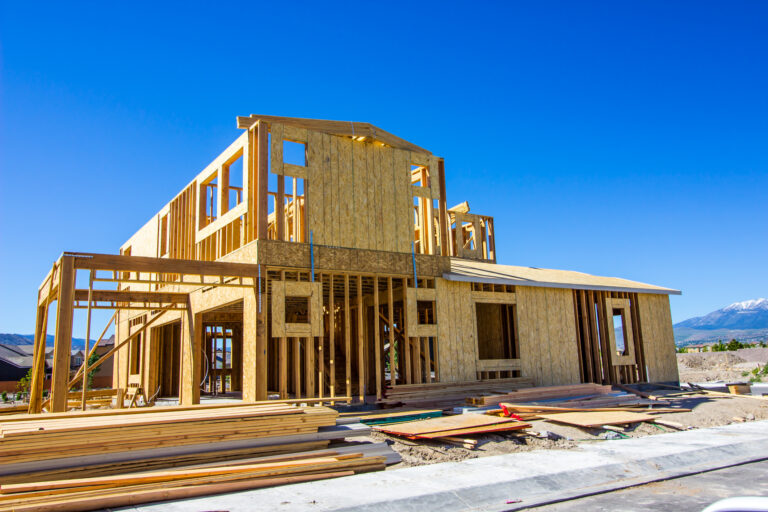This Week in Real Estate -17 February 2024

Where Rents Will Spike
In good news for landlords but bad news for tenants, new research shows the Queensland suburbs where rents are tipped to rise in 2024.
SuburbTrends says unit rents in particular could increase by 30% or more in some suburbs by the end of the year.
It says the average rent for a unit in Brisbane will hit $729 by the end of the year up from $546 a week.
On the Gold Coast, house rents in Mermaid Beach and Broadbeach are predicted to jump by $239 or 24% to $1239 per week by December while rents for Mermaid Waters units are forecast to rise by $326 to $1066 per week.
SuburbTrends founder Kent Lardner says affordability is now driving demand in the unit rental market.
“People are being squeezed out of houses, so they’re going into units and that’s driving rents higher,” he says.
Lardner says Queensland has traditionally been an affordable place but that was no longer the case in some locations.
Stamp Duty Skyrockets
Stamp duty charges have skyrocketed costing property buyers up to six times more than in the eighties.
A new report by PropTrack and research institute, e61, says in some states stamp duty on a median-priced home could be as much as $45,000.
In real terms relative to income, the research says stamp duty is six times higher in the Melbourne and Hobart markets than it was in the early to mid-eighties and 5.4 times higher in Sydney.
Stamp duty is 5.5 times higher in Brisbane and 4.5 times higher in both Perth and Adelaide.
PropTrack senior economist, Angus Moore, says the figures show that reform is critically needed to allow the property market to operate more efficiently.
“Stamp duty is a large upfront cost for home buyers that has to be saved on top of a deposit,” he says.
e61 research manager Nick Garvin says policymakers must consider the indirect impact stamp duty has on other parts of the economy and people’s lives.
Housing Crisis Fix
Easing planning regulations will have more of an impact on improving housing supply than abolishing negative gearing, a new report reveals.
The report by Centre for Independent Studies chief economist, Peter Tulip, says it is restrictive planning rules that have added more than 40% to the cost of a house in cities such as Sydney and Melbourne.
The Housing Affordability and Supply Restriction report says property taxes only increase the cost of a house by about 4%.
“There are arguments from the tax policy perspective that negative gearing and the capital gains discount should be considered, but it’s not relevant to the question of housing affordability,” he says.
Tulip’s analysis shows if housing stock is increased by just 1% rents and prices should drop by 2.5%.
“The effect of those tax discounts on housing prices is tiny,” he says.
Tulip says zoning restrictions need to be relaxed and the states should consider overriding councils when necessary.
Stage 3 Impact On Market
Stage 3 tax cuts could increase a buyer’s borrowing capacity by more than $57,000.
Modelling by Rate City shows buyers will need to borrow at capacity to feel the full effect of the tax cuts.
RateCity research director Sally Tindall says their modelling shows a single person earning $100,000 could increase their borrowing capacity by $21,100 while a couple earning $100,000 and $150,000 could borrow up to $57,100 more.





